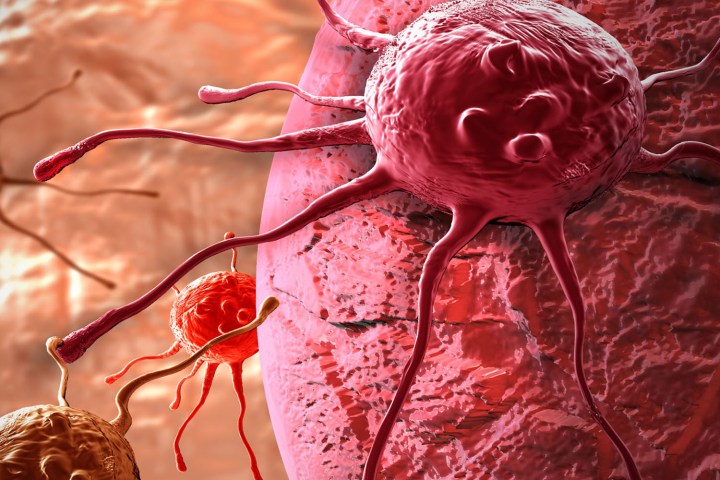
“It has been known for almost a century that infection with lymphocytic choriomeningitis virus (LCMV) induces killer T cell responses of virtually unmatched potency,” Daniel Pinschewer, a University of Basel researcher and one of the senior authors of the study, told Digital Trends. “We thus set out to leverage this feature of LCMV infection for the purpose of cancer immunotherapy, where killer T cells represent a key mechanism of protection.”
Along with UNIGE’s Doron Merkler, Pinschewer and their team developed artificial viruses that mimicked natural LCMV, which infect rodents and humans alike. The artificial virus did not actually harm the lab rats but carried markers — such as genes and proteins — derived from the tumor, and managed to set off the body’s alarm. When the immune system detected the virus and began, it also detected bits of cancer cells and began its attack on both. The researchers described their work in a paper recently published in the journal Nature Communications.
“The immune system gets to see a component of the cancer cell it should fight, and alongside with this structure the viral infection rings molecular ‘alarm bells,’ which give it that the immune system responds as vigorously as it possibly can,” Pinschewer explained.
In response to the artificial virus — and accompanying cancer genes — the immune system mobilizes killer T cells (cytotoxic T-lymphocytes), to attack both the virus and the tumor.
“In principle, one could imagine targeting all sorts of cancers,” Pinschewer said, “provided one has a tailor-made a virus for each tumor type. This does not, however, mean that all types of tumors will respond to treatment with a tailor-made virus of the type we have described.”
Pinschewer was quick to note that this research has so far only been conducted on rodents, so the therapy’s success in humans is yet to be confirmed. He expects human trials to begin in the next two years.


